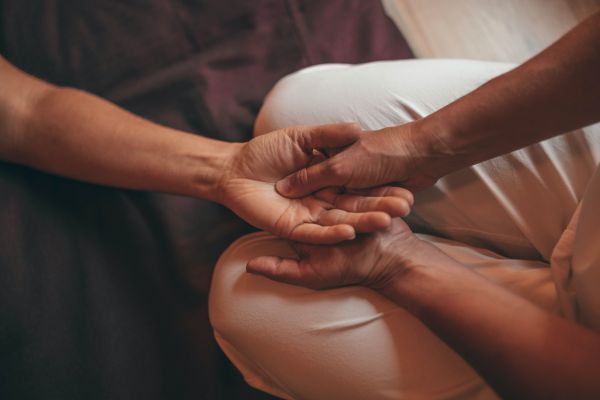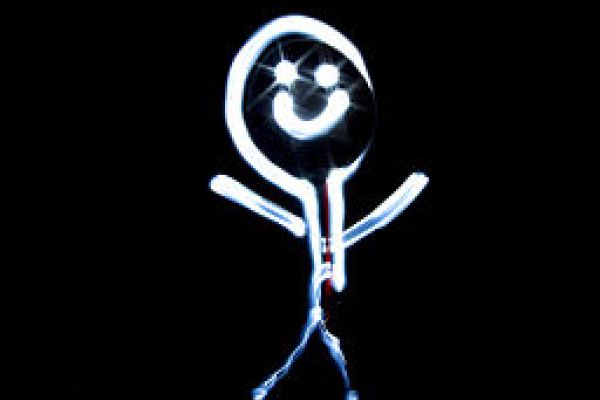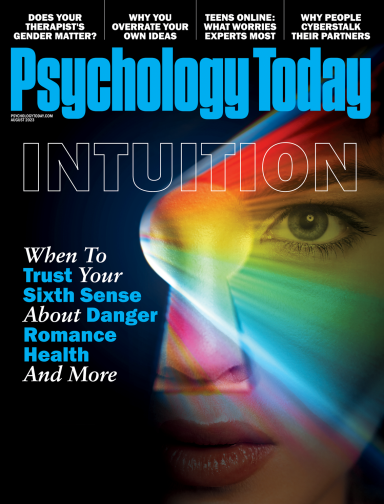Stress
The Truth About Broken Hearts
The link between stress and the heart is greater than you think.
Posted July 13, 2020 Reviewed by Lybi Ma

Across all cultures, the heart is considered the psychophysical organ of love, grief, and compassion. The Chinese word means both heart and mind, reflecting the belief that consciousness resides in the heart. Chinese medicine identifies the main function of the heart as acknowledging, “momentary reality as it occurs, unimpeded by the mind’s interpretations of events” (Jarrett, 1995).
While pop culture leads us to believe a “broken heart” is the result of a nasty breakup, history tells us we must dig deeper. Traditionally, trauma in American Indian communities has been referred to as heart sickness (Duran, n.d.). Historically, the “bleeding heart” has been cross-culturally used as an image of invasion and suffering. There’s more to a broken heart than we may think.
How Stress Affects the Heart
A “broken heart,” “the bleeding heart,” or “loss of heart,” all speak to traumatic experiences of grief along with rage, anger, and pain. These acute and chronic states often appear in people with PTSD. Especially when associated with anger, chronic stress leads to heart disease and PTSD. It is also associated with the development of coronary atherosclerosis and myocardial infarction (Ahmadi et al., 2011).
One of the most effective ways to measure how stress affects heart function is by measuring 24-hour heart rate variability (HRV). HRV refers to the naturally occurring beat-to-beat changes in heart rate (McCraty, Atkinson, & Bradley, 2004). When the sympathetic nervous system is activated, the heart rate increases, and the variations in beat to beat activity decrease. Greater variability means better cardiovascular health. Studies of people with post-traumatic stress indicate they have decreased heart rate variability (Cohen, Benjamin, Geva, Matar, Kaplan, & Kotler, 2000).
Healing the Heart
Intentionally focusing solely on the heart is key to improving self-regulation of mental and emotional states. It can help reach a state of “psychological coherence” which results from sustained, positive emotion (McCraty, Tomasino, Atkinson, and Sundram, 1999). In fact, research using the brain-heart technology, HeartMath, with police who had PTSD results showed improved capacity to identify and manage stress, manage negative emotions, improve vitality and the quality of familial relationships (McCraty et al. 1993).
Activities like meditation and relaxation, reduce heart rate, and increase heart rate variability. Enjoy our meditation exercise below and be sure to share with your friends and family.
Exercise: Loving-Kindness Meditation
For those who prefer low-tech approaches, there is a simple mindfulness meditation, the Metta Bhavana, that can be done easily while sitting comfortably. I have shared it with clients who are feeling the pain of a broken heart and who have themselves “lost heart.” It may also be used to stop the obsessive, repetitive fears, and worries that often plague a traumatized person. While individuals are saying these lines silently, they may envision their heart and create images that offer healing:
May I be filled with loving-kindness
May I be well
May I be peaceful and at ease
May I be happy
Read more about addressing trauma in my book Rhythms of Recovery: Trauma, Nature, and the Body. To learn more contact me: drlesliekorn.com or https://institute.drlesliekorn.com/.
References
Read more about addressing trauma in my book Rhythms of Recovery: Trauma, Nature, and the Body. To learn more, visit drlesliekorn.com.
Ahmadi, N., Hajsadeghi, F., Mirshkarlo, H. B., Budoff, M., Yehuda, R., & Ebrahimi, R. (2011). Post-traumatic stress disorder, coronary atherosclerosis, and mortality. American Journal of Cardiology, 108(1), 29-33.
Cohen, H., Benjamin, J., Geva, A. B., Matar, M. A., Kaplan, Z., & Kotler, M. (2000). Autonomic dysregulation in panic disorder and in post-traumatic stress disorder: Application of power spectrum analysis of heart rate variability at rest and in response to recollection of trauma or panic attacks. Psychiatry Research, 96(1), 1-13.
Duran, E. (n.d.). Injury where blood does not flow. Retrieved from http://soulhealing16.com/yahoo_site_admin/assets/docs/Injury_Where_Bloo…
Jarrett, L. S. (1995). Chinese medicine and the betrayal of intimacy: The theory and treatment of abuse, incest, rape and divorce with acupuncture and herbs - part 1. American Journal of Acupuncture, 23(1), 35-51.
McCraty, R., Atkinson, M., & Bradley, R. T. (2004). Electrophysiological evidence of intuition, part 1: The surprising role of the heart. The Journal of Alternative and Complementary Medicine, 10(1), 133-143.
McCraty, R., Atkinson, M, & Tiller, W. A. (1993). New electophysiological correlates associated with intentional heart focus. Subtle Energies, 4(3), 251-268.
McCraty, R., Tomasino, D., Atkinson, M., & Sundram, J. (1999). Impact of the HeartMath self-management skills program on physiological and psychological stress in police officers. Boulder Creek, CA: HeartMath Research Center.





















